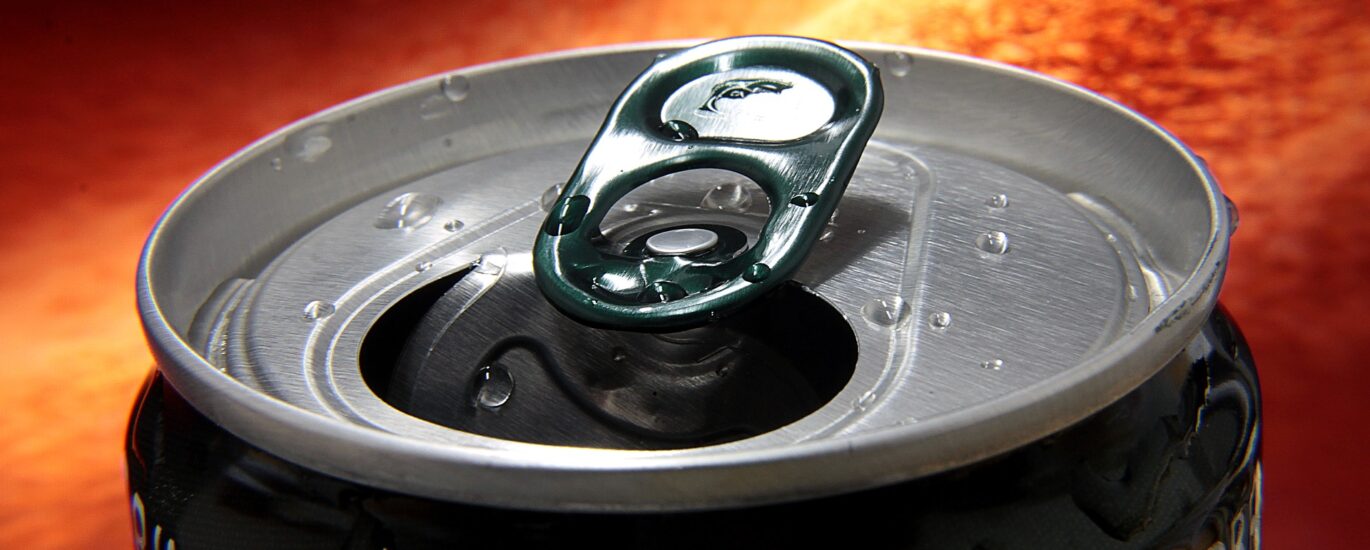The global energy drink market is anticipated to reach a value of US$ 69.8 Bn in 2022, with sales growing at a healthy CAGR of 6.0% over the forecast period of 2022-2032. The market is estimated to reach US$ 125,001.16 Million by 2032. Increasing popularity of energy drinks coupled with a wide variety of products offered in the market and growing consumer base are factors that will presumably boost the market over the forecast period.
The Energy Drinks market is experiencing substantial growth as consumers seek quick and effective solutions to combat fatigue and enhance performance. With a surge in health-consciousness and active lifestyles, the demand for energy-boosting beverages is on the rise. The market’s expansion is fueled by innovative product formulations and strategic marketing efforts to cater to diverse consumer preferences.
Energy drinks are a subset of the non-alcoholic beverage market, which also includes bottled water, fruit and vegetable juices, carbonated drinks, sports drinks, caffeinated beverages, ready-to-drink tea and coffee, non-carbonated packaged drinks, and a variety of other functional beverages. Though the components in energy drinks differ per product, the key constituents in these energy drinks are sugar and caffeine. Sugar is an energy source, whereas caffeine is a stimulant that improves alertness and energy.
Expand Your Horizons! Get Our Report Sample Today and Enhance Your Understanding.@
https://www.futuremarketinsights.com/reports/sample/rep-gb-11625
The market for energy drinks is driven by a large consumer base- comprised of all ages- and a growing focus on health and fitness. Natural energy drinks that are extracted and directly sold to consumers are gaining traction among fitness enthusiasts while sports energy drinks are popular among e-sports players and gamers. The energy drinks market is primarily driven by a “demand for more” – consumers are eager to experiment and interested in gaining a multi-sensory drinking experience.
“Growing adoption of energy drinks as a substitute for alcohol in the West and increasing health consciousness all over the world is expected to augment the growth in the market over the forecast period,” says an FMI analyst.
Key Takeaways:
- Western Europe and the U.S. will continue to dominate the energy drinks market through 2032.
- Asia Pacific will emerge as a lucrative market over the forecast period.
- Rising e-commerce for non-alcoholic beverages is mainly driven by Gen-Z and millennials.
- Supermarkets/ hypermarkets, specialty and convenience stores are eminent sales channels.
- Health and fitness trends spur the market demand through 2032.
- Caffeine, sugar, B vitamins, and amino acids formulate energy drinks.
- Acquisitions and joint ventures to be executed by renowned manufacturers in emerging markets.
Competitive Landscape
Monster Beverage Corp., Kraft Foods Inc., the Gatorade Company, Inc., PepsiCo Inc., Coca-Cola Co., Red Bull GmbH, Nestlé S.A., Carlsberg A/S, NEALKO ORAVAN, spol s.r.o, Kabisa B.V., Suntory Holdings Ltd., Asia Brewery Incorporated, Otsuka Pharmaceutical Co., Dali foods group, LT Group Inc, Shenzhen Eastroc Beverage Co Ltd, and others are some of the key manufacturers of energy drinks that are profiled in the full version of the report.
Key players in the global energy drinks market are employing strategic merger and acquisition tactics to expand their market presence. They are also investing in joint ventures to enter or reinforce their position in emerging markets.
Gain a Competitive Edge! Supercharge Your Decisions with a Custom Report – Request Yours Today!@
https://www.futuremarketinsights.com/ask-the-analyst/rep-gb-11625
More Insights into the Energy Drinks Market Report
In its latest report, FMI offers an unbiased analysis of the global energy drinks market, providing historical data from 2017 to 2021 and forecast statistics for the period 2022-to 2032. To understand the global market potential, growth, and scope, the market is segmented based on product type (caffeinated beverage, de-caffeinated beverage), format (shots, powder, ready-to-drink), flavor (unflavored, flavored (citrus, berries, mocha, pomegranate, apple, mint, cola, watermelon, chocolate, blends (mix), others), categories (natural energy drinks, sports drinks, non-alcoholic beverages, functional beverages, non-carbonated packaged drinks), nature (organic, conventional), distribution channel (B2B, B2C (store-based retailing, hypermarkets/ supermarkets, convenience store, mom and pop stores, discount stores, specialty stores, independent small groceries, online retail) and region.
Energy Drinks Market Regional Analysis
According to the latest reports by FMI, the U.S. and Western Europe will continue to lead the market growth. Rising popularity of energy drinks as a substitute for alcohol is responsible for this market growth. Europe is predicted to dominate the market for much of the forecast period owing to rising health concerns over lifestyle diseases like obesity. Concerns over obesity has led to a shift in consumer preference; resulting in market domination of calorie-free, zero sugar natural energy drinks or non-alcoholic diet drinks in this region
The Asia Pacific is expected to emerge as a lucrative market for energy drinks. Sports, performance and energy drinks are manufactured in this region with the help of herbal ingredients, minerals, vitamins, amino acids or raw fruits and vegetables. The health benefits associated with functional beverages is driving the consumer growth in this region.
The global energy drinks market is segmented in detail to cover every aspect of the market and present complete market intelligence to readers –
By Product Type:
- Caffeinated Beverage
- De-caffeinated Beverage
By Format:
- Shots
- powder
- Ready-To-Drink (RTD)
By Flavor:
- Unflavored
- Flavored
By Categories:
- Natural Energy Drink
- Sports Drink
- Non-Alcoholic Beverage
- Functional beverages
- Non-carbonated packaged drinks
By Nature:
- Organic
- Conventional
By Distribution Channel:
- B2B
- B2C
Energy Drinks Market Segmentation Analysis
Based on product type, caffeinated energy drinks are gaining traction among gym enthusiasts. By category, health and fitness trends are spurring the market growth for the natural energy drinks and healthy non-alcoholic beverages segments. Non-carbonated packaged drinks are popular among sports spectators which drives market growth for this particular segment.
Seize the Moment! Buy Now for Access to Exclusive Market Segment Insights and Gain an Unparalleled Industry Perspective.@
https://www.futuremarketinsights.com/checkout/11625
Table of Content
1. Market Overview
1.1. Market Coverage / Taxonomy
1.2. Market Definition / Scope / Limitations
2. The Massive Impact of the Crisis
2.1. Global Energy Drinks Market Forecast Scenario Comparison of Annual Growth Rates for short Term (2022-2026) and Long Term (2027-2032)
2.1.1. Optimistic Scenario
2.1.2. Likely Scenario
2.1.3. Pessimistic Scenario
2.2. Key Factors Impacting the Market
3. Market Dynamics
3.1. Drivers
3.1.1. Supply Side Drivers
3.1.2. Demand Side drivers
3.1.3. Economic Side Drivers
3.2. Restraints
3.3. Opportunity
3.4. Market trends By Region
About Us
Future Market Insights (ESOMAR certified market research organization and a member of Greater New York Chamber of Commerce) provides in-depth insights into governing factors elevating the demand in the market. It discloses opportunities that will favor the market growth in various segments on the basis of Source, Application, Sales Channel and End Use over the next 10-years.
Contact:
Future Market Insights Inc.
Christiana Corporate,
200 Continental Drive,
Suite 401, Newark,
Delaware – 19713, USA
T: +1-845-579-5705
For Sales Enquiries: sales@futuremarketinsights.com
Browse latest Market Reports: https://www.futuremarketinsights.com/reports
LinkedIn | Twitter | Blogs




